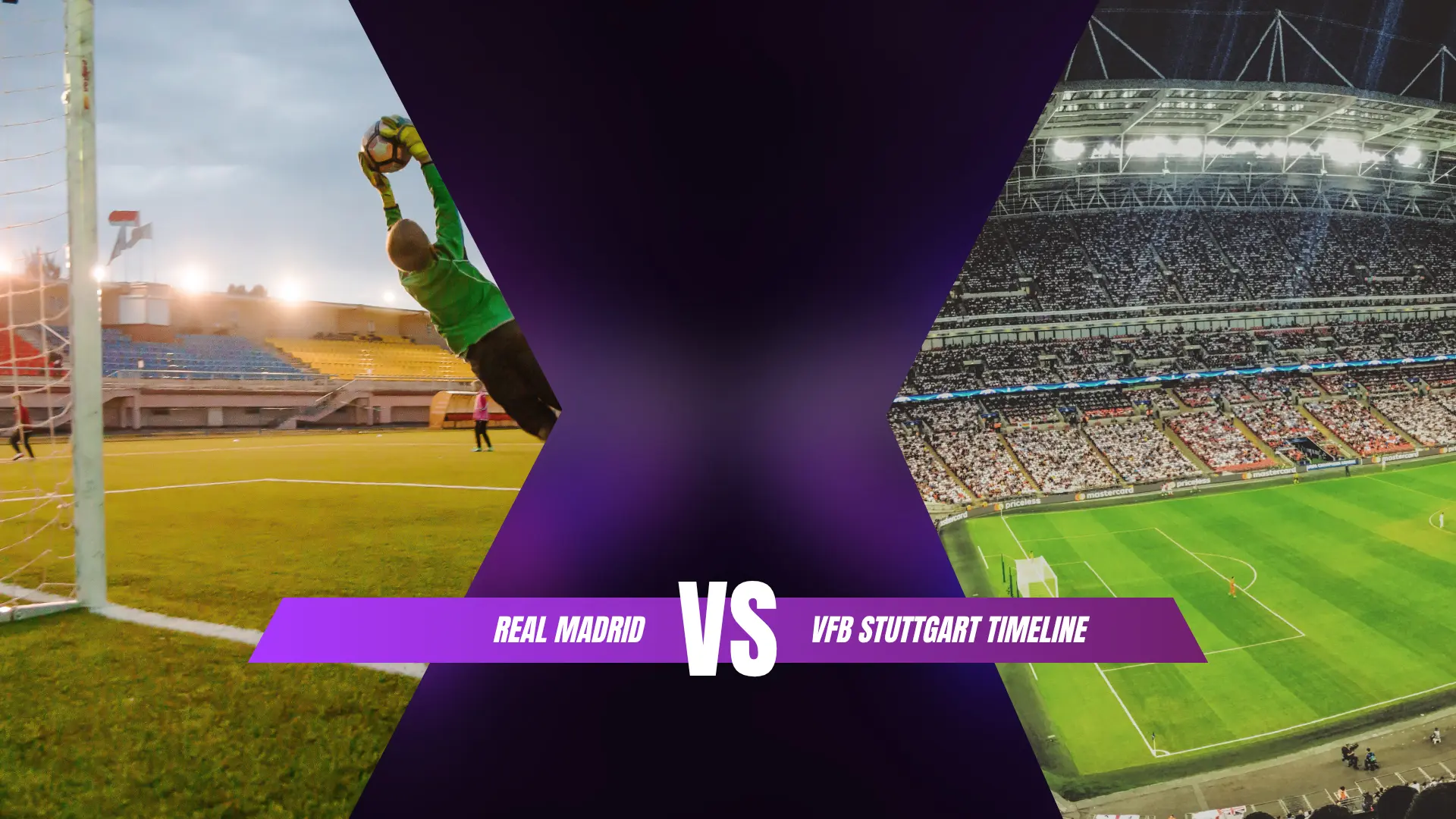The phrase “baltimore orioles vs san francisco giants match player stats” evokes one of the more intriguing interleague clashes from late in the 2024 MLB season, a three-game series in Baltimore that swung on elite pitching, timely power, late-game drama, and some sharp contrasts in approach between two clubs on different trajectories that week. The series produced a Giants blowout behind Blake Snell’s dominance, a Giants win built on multi-homer power, and an Orioles walk-off that salvaged a critical game as Baltimore tried to halt a slide. This long-form breakdown dissects the games, the player performances that mattered most, and what the cumulative match player stats suggest about both teams’ tactical profiles and resilience in high-leverage moments.
Setting the Stage
The series at Camden Yards arrived with the Orioles in a skid and the Giants fighting to stay relevant in the NL Wild Card picture, magnifying the importance of execution and small margins. The opening game immediately showcased the volatility of form: San Francisco, led by Blake Snell, overwhelmed Baltimore’s lineup 10-0, a statement that established the pace and tone for much of the set. The Giants backed that elite start with a balanced, opportunistic offense featuring power from Mike Yastrzemski and multi-RBI contributions across the lineup, while Baltimore’s bats struggled to adjust to velocity and late movement.
Game two reinforced San Francisco’s formula, early and mid-game power, consistent traffic, and late resilience, before Baltimore broke through in game three with a dramatic finish: Anthony Santander’s two-out walk-off home run to win 5-3 and prevent a sweep, a symbolic reprieve for a team searching for rhythm.
Across these games, the key phrase, baltimore orioles vs san francisco giants match player stats, captures more than a box score; it maps out who set the tone, who cratered under pressure, and how certain players altered the leverage landscape almost single-handedly.
Game 1: Snell’s Masterclass and a Giants Barrage
- Final: Giants 10, Orioles 0.
- Headline performance: Blake Snell struck out 12 in 6 shutout innings, allowing just one hit, effectively neutralizing Baltimore’s power threats and forcing chase outside the zone.
- Baltimore’s offense: limited to five hits overall, with 15 strikeouts on the night, reflecting timing disruption and an inability to string quality at-bats together against both Snell and San Francisco’s bullpen.
Giants’ Offensive Standouts
- Mike Yastrzemski: 2-for-4, 2R, 2RBI, HR, BB; the first-inning solo homer set the tone and immediately put the Orioles under scoreboard pressure.
- LaMonte Wade Jr.: 2-for-5, 2RBI; situational hitting added separation in the middle innings and underscored San Francisco’s contact approach with runners on.
- Heliot Ramos: extra-base damage with a double and an RBI; his power-speed mix continued to produce in key spots.
- Michael Conforto: 1-for-5, 2RBI; not flashy, but productive in run-scoring opportunities, an important thread across the series.
San Francisco stacked productive plate appearances and maximized 2-out RBI chances, a theme that contributed to the lopsided final despite only 10 team hits; their sequencing and pressure were the difference.
Orioles’ Offensive Struggles
- Gunnar Henderson and Adley Rutschman were both held hitless in Game 1, combining for five strikeouts, emblematic of Baltimore’s difficulty adjusting to Snell’s fastball/secondary mix.
- Cedric Mullins swiped a base but Baltimore never converted their sporadic baserunners, finishing with multiple RISP failures and a pair of double plays that erased potential momentum.
From a baltimore orioles vs san francisco giants match player stats viewpoint, the opener is defined by strikeouts generated (Giants pitching) versus strikeouts suffered (Orioles hitters), and by San Francisco’s superior 2-out RBI execution.
Also Read – Green Bay Packers Vs Philadelphia Eagles Match Player Stats
Game 2: Giants Ride the Long Ball to Another Win
- Final: Giants 5, Orioles 3.
- Giants’ power: Mike Yastrzemski and Michael Conforto both homered, providing the swing damage that decided the middle game, reinforcing how San Francisco’s veterans can flip the run expectancy with single swings.
- Baltimore’s push: The Orioles mounted offense but couldn’t fully erase the power gap, with San Francisco again dictating the scoreboard via extra-base hits and disciplined approaches in run-scoring spots.
A baltimore orioles vs san francisco giants match player stats angle here centers on isolated power and HR-to-RBI conversion rates: the Giants translated hard contact into runs efficiently while suppressing Baltimore’s damage to singles and scattered extra-base hits. The contrast between long-ball efficacy and Baltimore’s situational misses underscored San Francisco’s edge in the first two contests.
Game 3: Orioles Salvage the Finale With a Walk-Off
- Final: Orioles 5, Giants 3.
- Decisive swing: Anthony Santander smashed a two-out, two-run walk-off homer in the 9th, a blast that reset not only the game but the tenor of Baltimore’s week.
- Context: Coming off a shutout and a second defeat, Baltimore’s late win carried weight beyond the standings, restoring a measure of lineup confidence and delivering proof-of-concept for their power in big spots.
This finale reframed the baltimore orioles vs san francisco giants match player stats narrative: after being suppressed by strikeouts and out-homered early, Baltimore answered with the timely power they’d lacked, and did so against a bullpen that had mostly controlled leverage to that point.
Aggregate Player Themes and Tactical Takeaways
The cumulative baltimore orioles vs san francisco giants match player stats from this series describe a few clear patterns:
- Strikeout Differential: The Giants’ Game 1 12-K gem by Snell skewed the series-wide strikeout totals, pressuring Baltimore to adjust early in counts; the Orioles whiffed 15 times in that game alone as a lineup.
- Power Concentration: San Francisco concentrated power in Yastrzemski and Conforto across Games 1–2, while Baltimore’s most impactful HR came at the very end via Santander’s walk-off in Game 3.
- 2-out RBI Efficiency: San Francisco stacked multiple 2-out RBIs in the opener, extending innings and inflating run expectancy despite a modest hit total, while Baltimore’s 2-out damage arrived late in the series.
- Leverage Performance: The bullpen duels tilted San Francisco’s way early, then swung decisively back to Baltimore’s side in the ninth inning of the finale, punctuated by Santander’s clutch swing.
Player-by-Player Insights
Framing this through baltimore orioles vs san francisco giants match player stats offers a concrete lens on performance:
- Blake Snell (Giants): 6IP, 1H, 0R, 12K in Game 1; elite bat-missing, inning control, and tone-setting stuff, one of the most dominant single starts of the week across MLB.
- Mike Yastrzemski (Giants): Homers in Game 1, significant impact again in Game 2; 2-for-4 with HR and 2RBI in the opener, illustrating how his pull-side power can change a game’s feel immediately.
- Michael Conforto (Giants): Added a home run in Game 2 and 2RBI in Game 1; a steady run producer who amplified San Francisco’s lineup depth.
- LaMonte Wade Jr. (Giants): Multi-RBI in Game 1; contact-first, count-control approach that maximized traffic conversion in the middle of the order.
- Heliot Ramos (Giants): Extra-base pop in Game 1 contributed to the crooked numbers; emblematic of San Francisco’s capacity to string pressure even without huge hit totals.
- Anthony Santander (Orioles): Delivered the series’ signature swing, a two-out, two-run walk-off HR in the finale that encapsulated clutch power and Baltimore’s refusal to fold.
- Gunnar Henderson and Adley Rutschman (Orioles): Oppressed by Snell and the Giants’ mix in Game 1; their overall series impact was uneven, reflecting how elite left-handed pitching can distort Baltimore’s core approach when timing is off.
These individual stat lines, within the baltimore orioles vs san francisco giants match player stats context, show how one dominant start plus targeted power can overcome even road variance, and how one timely swing can arrest a two-game narrative arc.
Situational Hitting and Run Sequencing
If one zooms into situational hitting, a few patterns stand out:
- Giants’ 2-out RBIs in Game 1: Multiple run-scoring hits with two outs indicated efficient approach changes with RISP, shortening swings, targeting line drives, and capitalizing on mistakes in the zone.
- Orioles’ RISP Troubles Early: Baltimore stranded opportunities in Game 1, a function of chasing and getting behind in counts against high-octane stuff; it’s rare to overcome that without late power, which they did not muster until Game 3.
- Series-Deciding Plate Appearances: Yastrzemski’s early homer set run expectancy to favor San Francisco, while Santander’s walk-off negated leverage management by the Giants’ bullpen at the last possible juncture.
From a baltimore orioles vs san francisco giants match player stats perspective, the interplay of early-inning power (Giants) and late-inning power (Orioles) shaped run distributions more than sheer hit totals.
Pitching Staff Contrasts
- Giants’ Starters and Bullpen: With Snell front-loading dominance and the bullpen absorbing the final frames in control across the first two games, San Francisco’s staff effectively prevented big innings until the finale.
- Orioles’ Staff: The opener unraveled due to both contact sequencing and power allowed; the staff stabilized later, keeping the team within reach, which mattered when Santander provided the bailout swing in Game 3.
Pitching quality, especially whiff generation and damage prevention with two outs, underpinned the Giants’ 2-1 edge across the first two games, while one swing reversed the finale’s staff narrative to Baltimore’s favor.
Defensive Notes and Baserunning
- Giants: Clean defense in the 10-0 opener helped Snell lean into strike throwing without fear of extra outs costing runs; minimal errors helped limit Baltimore’s extra chances.
- Orioles: Cedric Mullins’ speed pressure (stolen base in the opener) created isolated threats, but without accompanying contact bursts, the pressure didn’t flip innings.
- Giants’ aggression: Grant McCray swiped a pair of bases in the opener, adding another dimension to San Francisco’s situational pressure and putting Baltimore’s battery on the back foot.
These smaller edges accumulate, and in a series with narrow late margins in Games 2–3, every defensive conversion and stolen base attempt calibrates managerial choices and bullpen matchups.
What the Series Says About Each Team
- Giants: The series affirmed San Francisco’s reliance on veteran power (Yastrzemski, Conforto), elite-start upside (Snell), and leverage control, ingredients that translate on the road when sequencing clicks.
- Orioles: Baltimore’s ceiling still rests on power from the heart of the order and athleticism throughout the lineup, but the offense can be quieted by top-tier left-handed pitching until someone lands the decisive blow, as Santander did.
For content creators or analysts focusing on baltimore orioles vs san francisco giants match player stats, the data here validates narratives around approach adaptability, swing decisions against elite lefties, and the game-shaping nature of early solo homers versus late multi-run shots.
Box Score and Stat Nuggets Worth Highlighting
- Game 1 box score highlights: Giants 10 runs on 10 hits with 0 errors; Orioles 0 runs on 5 hits with 1 error; Yastrzemski HR, Ramos double, Wade and Conforto 2RBI each; Snell 12K over 6IP.
- Game 2 capsule: Giants win 5-3 on the strength of homers from Yastrzemski and Conforto; summary underscores sustained power and bullpen closure under pressure.
- Game 3 capsule: Orioles 5-3 via Santander’s walk-off two-run blast with two outs; a high-drama finish that bucked the series trend of San Francisco control.
These specifics enrich any narrative built around baltimore orioles vs san francisco giants match player stats, anchoring broader takeaways in concrete, verifiable outputs.
Advanced Angles to Consider
- Count Leverage: Snell’s ability to get ahead suppressed Baltimore’s swing aggression; the Orioles’ better plate appearances in Game 3 came as they forced more neutral or plus counts late.
- HR-to-Runs Conversion: Giants’ multi-homer impact in Games 1–2 increased run efficiency relative to hits; Orioles needed that single swing in Game 3 to match conversion speed.
- Variance of Batted-Ball Outcomes: San Francisco’s 2-out hits in Game 1 overcame modest total bases by stacking timing; Baltimore’s contact quality improved just enough late in the set to tip the last game.
In practical terms, the series reads like a case study in portfolio construction: San Francisco diversified run creation across innings and hitters early, while Baltimore concentrated returns late through a single high-beta event, the walk-off.
Also Read – Artistic Gymnastics Olympics Tickets
Final Word
Across three key late-season games, the baltimore orioles vs san francisco giants match player stats reveal:
- A dominant ace start can set the series’ initial gravitational pull, as Blake Snell’s 12-strikeout gem did in the opener.
- Veteran power remains the most reliable road weapon, with Mike Yastrzemski and Michael Conforto delivering decisive swings in Games 1–2.
- Even when out-executed in early leverage, an elite lineup can still alter the outcome with a single mistake punished at the right moment, embodied by Anthony Santander’s walk-off home run to take Game 3.
For fans, analysts, and bloggers alike, the takeaway is crisp: in this set, the Giants won the process for longer stretches, but the Orioles won the finale with the moment, and both truths show up clearly in the baltimore orioles vs san francisco giants match player stats.
- Game 1 recap and player lines: Giants 10, Orioles 0; Snell 12K; Yastrzemski HR; multi-RBI from Wade and Conforto.
- Game 2 recap: Giants 5, Orioles 3; homers from Yastrzemski and Conforto drive the outcome.
- Game 3 recap: Orioles 5, Giants 3; Santander’s two-out, two-run walk-off homer flips the narrative and salvages the series finale.
Each of these snapshots, viewed together, provides a complete, data-driven perspective on baltimore orioles vs san francisco giants match player stats, how games bend around power, how strikeouts suppress rallies, and how one at-bat can define a week.
FAQs
1. What were the standout performances in the most recent Baltimore Orioles vs San Francisco Giants series?
In the latest series, the Giants leaned on dominant starting pitching and veteran power, highlighted by a shutdown start that piled up double-digit strikeouts and early home runs from established bats, while the Orioles turned the finale with a late, clutch long ball that flipped the game in the ninth. This contrast in styles is central to understanding baltimore orioles vs san francisco giants match player stats, where swing-and-miss pitching and timely power defined outcomes.
2. Which players typically influence baltimore orioles vs san francisco giants match player stats the most?
For the Giants, veteran outfielders with pull-side power and on-base specialists often headline the offensive box scores, while an ace-level starter can tilt strikeout totals and run prevention. For the Orioles, middle-of-the-order hitters with all-fields power and athletic outfielders who pressure on the bases frequently show up in key stat lines, especially in late-inning, high-leverage moments.
3. What stat categories matter most when analyzing this matchup?
Three categories tend to decide these games: strikeouts (K% differential between staffs and opposing lineups), isolated power (ISO/HR-to-RBI conversion), and 2-out RBI efficiency. In baltimore orioles vs san francisco giants match player stats, teams that pair bat-missing pitching with extra-base damage usually control the scoreboard, while late-inning clutch hitting can override early trends.
4. How do late-game situations affect baltimore orioles vs san francisco giants match player stats?
High-leverage plate appearances in the 7th–9th innings dramatically reshape individual lines: a single swing can add multiple RBI, transform win probability, and overshadow earlier struggles. This matchup has featured bullpen management as a decisive factor, with one mistake pitch late often becoming the top highlight in the player stat recap.
5. Where can fans track detailed baltimore orioles vs san francisco giants match player stats for a specific game?
The most reliable breakdowns are found in official box scores and play-by-play recaps from major sports outlets and league sites, which list batting lines (H/AB, HR, RBI, BB, K), pitching lines (IP, H, ER, BB, K), and situational splits (RISP, two-out RBIs). Checking game summaries alongside full box scores gives the best context for how individual stats shaped the result.




